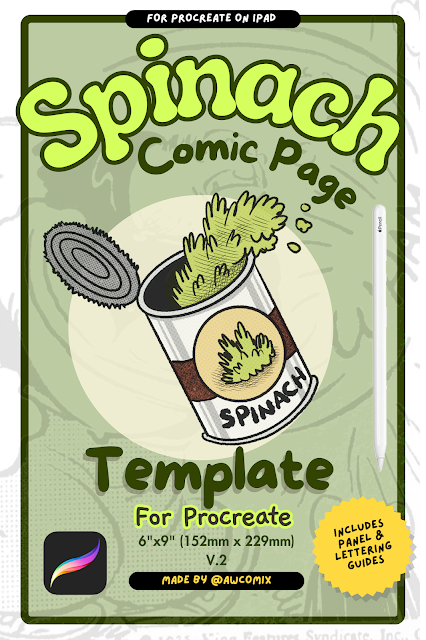Creating Screen tone effect in Photoshop
Also known as zipatone, Ben-Day dots, halftones etc For this tutorial a basic knowledge of Photoshop, colour modes, resolution, history and layers pallete, copy and paste functions will help. It is often desirable to achieve screen tones for artwork for either practicality or for effect. What ever you need it for I am going to show you the most effective way to achieve this using Photoshop. If you can master this, then there is no need to track down real zipatone and fiddle around with cutting it up. The middle section on ‘creating dot patterns’ is fixed although how you create your grey areas and how you use the dot pattern is up to you. Firstly this tutorial has nothing to do with the halftone pattern in the Filter menu. In my mind this filter gives a poor, hard to control, and fuzzy result. Which is not suitable when you need real screen tones for something like screen printing. Creating greys First open the artwork you want to add screen tones to; Be sure that this a...







Sometimes, when I've watched too much of the news, I go outside to look at the stars and wonder where we'll live next after we're thoroughly done screwing up this planet. Your comic gives me hope that we'll actually be able to achieve that one day.
ReplyDeleteThanks Matt. I'm going to try and do one of these a week (Although not always space themed!) I was trying a new pencilling and inking style with these, it's really subtle though, not sure if it shows.
ReplyDeleteThe amount of energy and money required to generate a biosphere is so great, that it basically makes space colonization impossible. Think about it. We haven't been back to the moon since 1973. No one has been on the Moon my entire life. And chances there never will be again.
ReplyDeleteI agree John. We have evolved over hundreds of thousands of years to be adapted to this planet, the air the minerals, the gravity. We're a long way off living in space or any other planet for that matter.
ReplyDelete